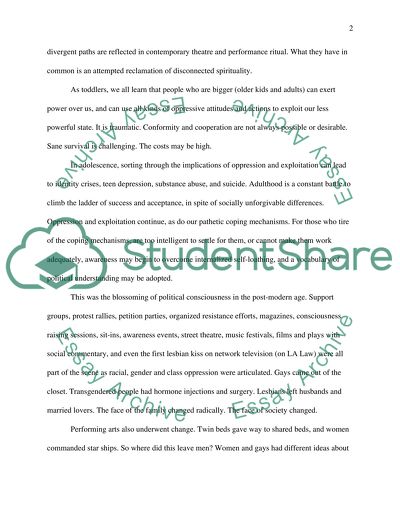Cite this document
(“Stereotypes: Gender, Sexuality and Race in Theatre Essay”, n.d.)
Retrieved from https://studentshare.org/visual-arts-film-studies/1394255-stereotypes-gender-sexuality-and-race-in-theatre
Retrieved from https://studentshare.org/visual-arts-film-studies/1394255-stereotypes-gender-sexuality-and-race-in-theatre
(Stereotypes: Gender, Sexuality and Race in Theatre Essay)
https://studentshare.org/visual-arts-film-studies/1394255-stereotypes-gender-sexuality-and-race-in-theatre.
https://studentshare.org/visual-arts-film-studies/1394255-stereotypes-gender-sexuality-and-race-in-theatre.
“Stereotypes: Gender, Sexuality and Race in Theatre Essay”, n.d. https://studentshare.org/visual-arts-film-studies/1394255-stereotypes-gender-sexuality-and-race-in-theatre.


